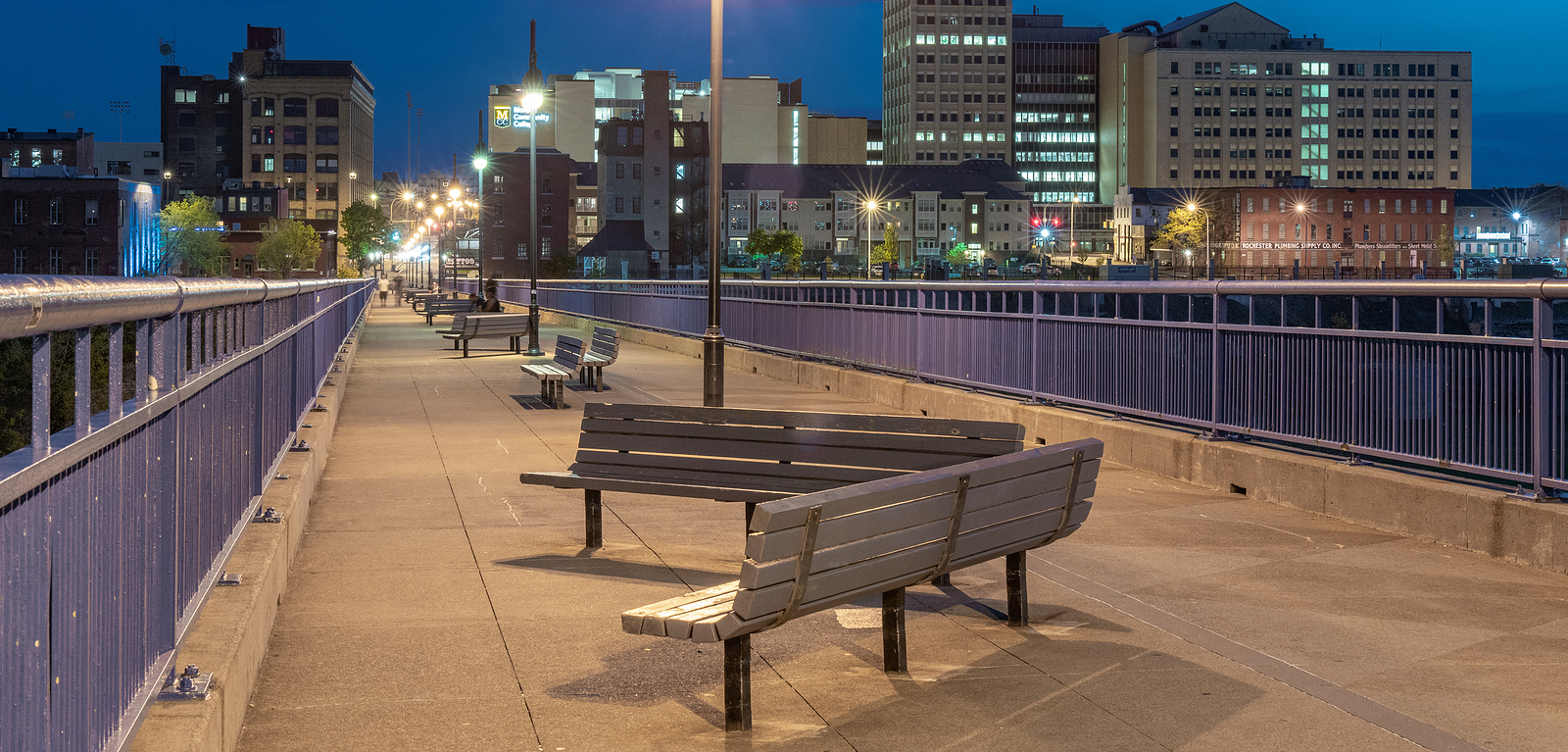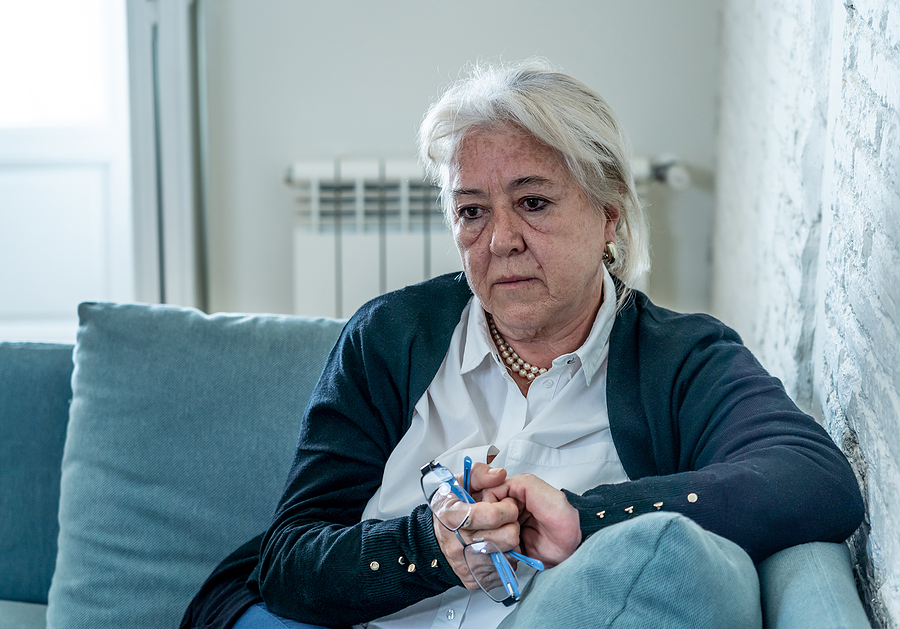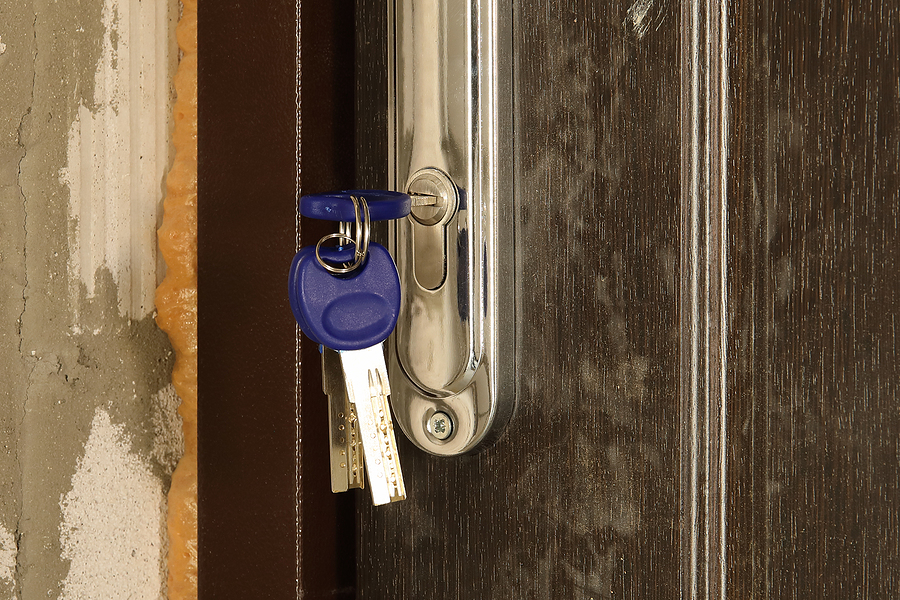WHAT is going on with rentals?
Changes to the rental market over the past two years have been incredibly impactful to both tenants and landlords. The rental market has been absolutely crazy, and not to anyone’s benefit. So, what happened?
To a landlord, the risk of renting a property is that the tenant is either not going to pay, damage the property, or both. To determine if a property will be a good investment as a rental property, a landlord will look at the costs and factor in the ability to absorb periodic losses.
The biggest unknown in that equation is “periodic losses”. This is where the “you-know-what” hits the fan. The potential for loss on a rental property is massive. Landlords have some tools to mitigate that risk. Those tools include:
- screening tenants for their ability and intent to pay rent and care for the property.
- to collect a security deposit from the tenant to be used only if it is needed to offset a loss.
- in extreme cases to utilize the court system to enforce a rental contract in the form of an eviction.
Let’s look at the recent evolution on that.
On June 14, 2019 New York State passed the “Housing Stability and Tenant Protection Act of 2019”. There are some items in there that can be viewed as necessary changes to the housing market. Abuses by some landlords factored into why this legislation was passed. One of those changes made in this legislation was the ability to charge more than one month security deposit on a rental. The perceived intent of the legislation is that asking for more than one month rent as a security deposit was too burdensome to a tenant. With every piece of legislation comes unintended consequences. Landlords recognize that lots of great tenants don’t always look great on paper. Maybe there were some collection items or late payments in the credit file. Maybe there was a felony DWI. Maybe there were several employment changes. Historically, to serve some of these people that may have represented a higher risk, a higher security deposit could be required to mitigate that risk. With that option no longer available, landlords tightened the profile of whom they were willing to consider. Instead of having the option to pay a higher security deposit, these potential tenants began to get flat out declines on their applications. This act also eliminated the ability to utilize the reference of a landlord to determine if they paid the rent or damaged their previous rental.
Fast forward to 2020, a year many would like to forget. The Covid-19 virus attacked and we were not ready. We all watched as people got sick, people died, people lost their jobs, businesses closed, and the country fought about what to do. Also, a housing crisis was upon us. With concern for waves of people being evicted for inability to pay rent, drastic measures were needed. As a short-term fix, both the federal government and the New York State government established eviction moratoria. This meant that for the time period established, evictions were not going to be permitted. The New York State moratorium has been significantly more restrictive than the federal moratorium. The end date on the moratoria have been continually pushed out farther and farther.
Having the benefit of a moratorium has been a godsend to tenants that truly needed it. It gave them the ability to regroup, apply for rental assistance programs, get back to work, and make alternative arrangements. This has been a time when a lot of people have needed a lot of help. Many still need help.
The same level of help has not been available to landlords. Often times landlords are held in a negative light, but what not everybody realizes is how many landlords are just regular people struggling just like tenants. Since the moratorium began, many landlords are not receiving any rent. Landlords had to meet the challenges brought with the Covid-19 virus, many times without the rental income to do that. Even with no rent being received, landlords still had to pay property taxes, property insurance, and handle maintenance when calls for a broken water heater or leaky roof came.
As of today, there are still a lot of landlords not getting paid. The moratorium passed by the state was meant to be a short-term fix, but has now been many months. There are many landlords missing thousands of dollars. This money is owed not only by tenants impacted by Covid-19, but also by abusive tenants that recognize that landlords are powerless to evict. Many landlords have stories that would get your blood boiling about tenants taking advantage of the moratorium, damaging property and becoming threatening.
So, who got hurt worse; tenants or landlords? Not the point of this article…
“What is going on with rentals?”
With the threat of ongoing massive losses on a rental property, many landlords have decided that the risk and hassle are just not worth it. Tools to mitigate risk have been removed. The right to utilize the court system has been stripped. Many landlords are choosing to leave their properties vacant, sell them, or even walk away from them to be foreclosed. The incentive to rent property right now is dramatically reduced. People looking for properties to rent will find fewer options and tighter requirements. When that will end is unclear.
This article was originally published at thekeytorentals.com
Watch for follow-up article “What is a landlord supposed to do”.
Thank you for reading.






.jpg)






